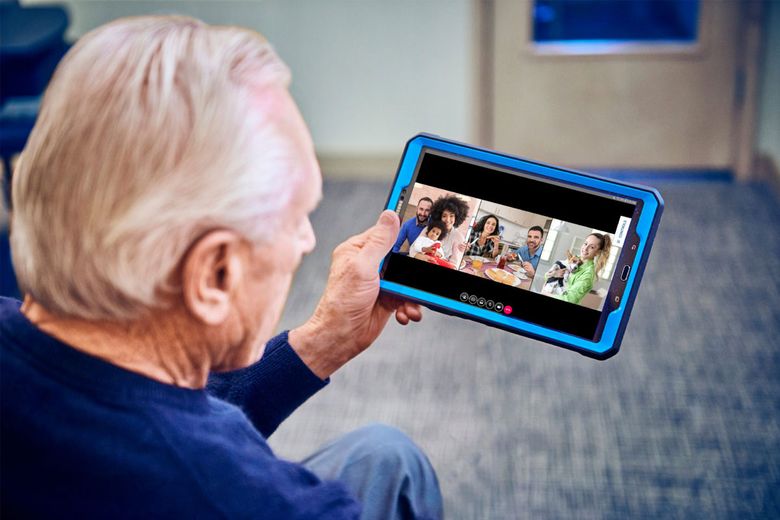Tablet Solutions for Social Isolation: Bridging the Gap for Older People

Image Source: Google
Social isolation among older people is a prevalent issue that can have detrimental effects on their mental and physical well-being. With the advancement of technology, tablets have emerged as a valuable tool in bridging the gap and connecting older individuals with their loved ones, healthcare providers, and the world around them. In this article, we will explore the benefits of using tablet solutions to combat social isolation among older people.
The Impact of Social Isolation on Older People
Social isolation is a significant concern among older individuals, especially those who may live alone or have limited mobility. The lack of social connections can lead to various negative consequences, including:
- Increased risk of depression and anxiety
- Decline in cognitive function
- Higher rates of chronic health conditions
- Feelings of loneliness and isolation
Benefits of Tablet Solutions
Tablets offer a user-friendly and versatile platform that can help older people stay connected with others and engage in meaningful activities. Some of the key benefits of using tablet solutions for social isolation include:
- Easy communication with family and friends through video calls and messaging apps
- Access to a wide range of entertainment options, such as streaming services, e-books, and games
- Virtual socialization through online communities and social media platforms
- Remote access to healthcare services and telemedicine appointments
- Opportunities for lifelong learning and skill development through online courses and tutorials
Overcoming Barriers to Adoption
While tablet solutions can offer numerous benefits, there are some barriers that may hinder older people from embracing this technology. It is essential to address these challenges to ensure the successful adoption of tablets for combating social isolation. Some common barriers include:
- Lack of digital literacy and confidence in using technology
- Physical limitations that may affect the usability of tablets
- Concerns about privacy and security when using online services
- Cost barriers associated with purchasing and maintaining a tablet device
Strategies for Successful Implementation
To facilitate the use of tablet solutions among older individuals and effectively combat social isolation, several strategies can be employed:
- Providing training and support for older adults to improve their digital literacy and confidence in using tablets
- Customizing tablet devices to accommodate physical limitations, such as larger font sizes and voice commands
- Ensuring the security and privacy of older users by setting up secure passwords and educating them on safe online practices
- Exploring affordable options for purchasing or subsidizing tablet devices for older individuals in need
Case Studies: Success Stories with Tablet Solutions
Several organizations and initiatives have successfully implemented tablet solutions to address social isolation among older people. These case studies highlight the positive impact of using tablets in improving the well-being and connectivity of older individuals:
Case Study 1: Virtual Senior Centers
A virtual senior center program introduced tablet devices to older adults, allowing them to participate in virtual activities, socialize with peers, and access healthcare services remotely. As a result, participants reported reduced feelings of loneliness and enhanced overall quality of life.
Case Study 2: Intergenerational Technology Workshops
A community organization launched intergenerational technology workshops where older adults were paired with younger mentors to learn how to use tablets and connect with their families online. This initiative not only improved digital skills but also fostered meaningful relationships across generations.
Conclusion
In conclusion, tablet solutions have the potential to make a significant impact in combating social isolation among older people. By addressing barriers to adoption, providing necessary support and training, and showcasing successful case studies, we can bridge the gap and improve the well-being of older individuals through technology. It is essential to continue promoting the use of tablets as a tool for connectivity and social engagement in the aging population.
What do you think?
Show comments / Leave a comment